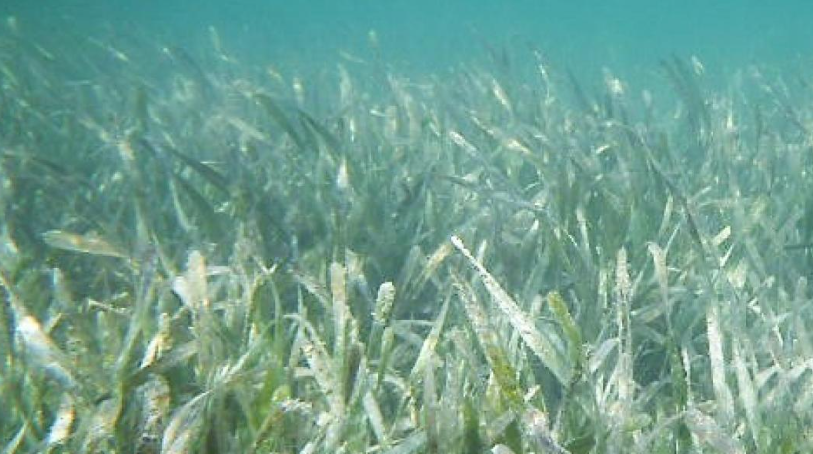
An effort to discover and fund new technologies to combat seagrass depletion is on its way to the Senate floor following a unanimous vote of approval from the Senate Committee on Appropriations.
“Unfortunately, I think as we all know, seagrass along both coasts — most notably the Indian River Lagoon and Florida Bay — are rapidly being lost due to indirect and direct impacts, and a variety of impacts there,” said Bradenton Republican Sen. Jim Boyd.
SB 724 would establish a Seagrass Restoration Technology Development Initiative within the Department of Environmental Protection (DEP).
The initiative would involve a partnership between DEP, Mote Marine Laboratory and the University of Florida (UF), and establish the Initiative Technology Advisory Council as part of the initiative.
Making up the Council would be “marine science, technology development, and natural science management representatives from this state’s aquatic preserves, private institutions, and public or private research institutions.”
Mote and UF would be required to create a 10-year “Florida Restoration Plan” to implement tools and technologies created through the initiative. The project is funded through $2 million in general revenue annually from Fiscal Years 2023-24 to 2027-28.
“Seagrass meadows are among the planet’s most threatened habitats, with their known global areal extent having declined by 29% since the late 1800s and losses rapidly accelerating in the last two decades,” according to a Senate staff analysis.
“In Florida, approximately 80% of the seagrass coverage in Tampa Bay has been lost, mainly due to human activities. Seagrass face several threats, including events that reduce water clarity and decrease the amount of light reaching the ecosystem, such as algae blooms, as well as physical damage, such as from dredging or boat propeller scarring.”
In eight years, 2011-2019, Florida lost around 58% of existing seagrasses.
“If anybody didn’t get a chance to see it, there was a significant segment on Good Morning America that featured Crystal River and all the seagrass restoration there that’s helped recover that entire waterbody,” Lake Mary Republican Sen. Jason Brodeur said.
“And, it highlighted Florida’s continued focus on places like the Indian River Lagoon and how much we’re going to do there this year. Sen. Boyd was not in that segment — I checked — but this bill goes a long way toward making sure that we continue to get highlighted in a very positive way nationally for our restoration efforts.”
Regarding the Advisory Council, the Governor would appoint a member from private commercial enterprise, while the President of the Senate appoints someone from a public or private Florida university.
The Speaker of the House would appoint a non-university representative from a marine environmental organization, while the DEP Secretary appoints an expert in seagrass, and the Florida Fish and Wildlife Conservation Commission Executive Director appoints someone with seagrass expertise from the Fish and Wildlife Research Institute.



